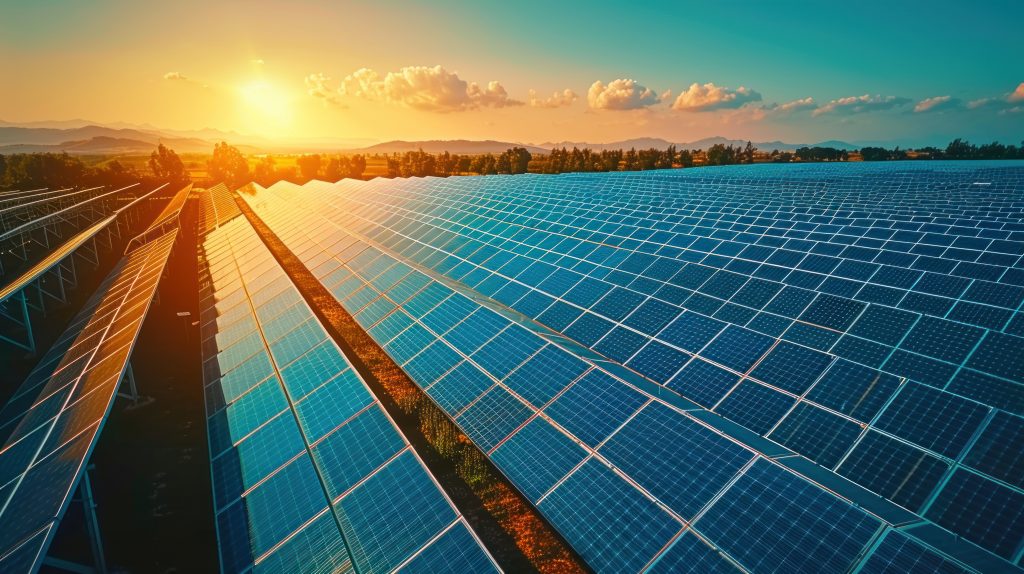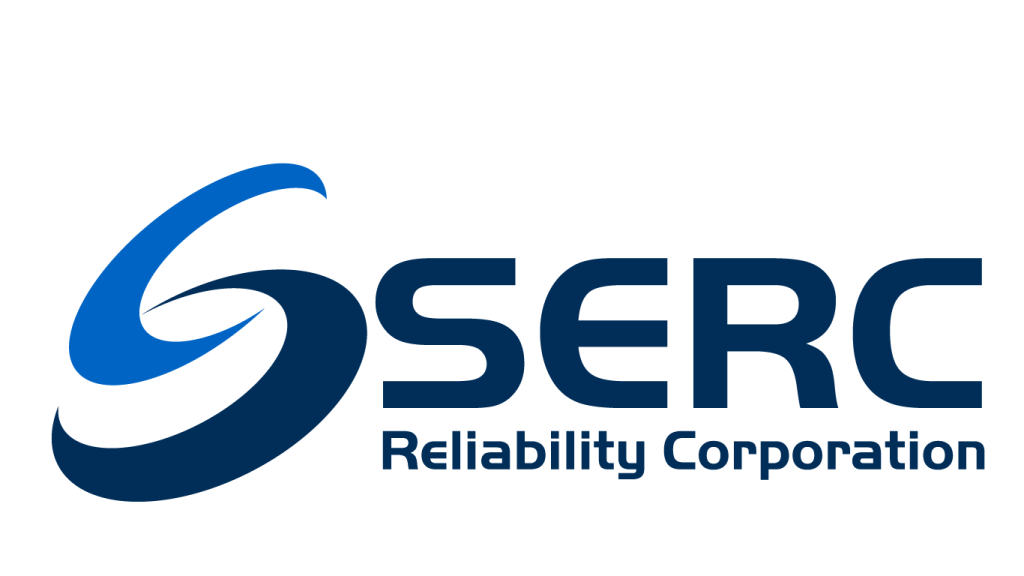Renewables Integration and New Technologies
Explore SERC’s 2023–2033 Long-Term Reliability Assessment on solar growth, renewable integration, and natural gas resources. Learn how increasing inverter-based resources (IBRs), energy storage, and electric vehicles are shaping the future of grid reliability across the SERC Region.
Learn More About Reliability
About Us
Leadership Team
Board of Directors
History
Careers
Current Member Listing
Membership Application
SERC 10-Year Outlook on Generation Capacity and Resource Growth
Based on the 2023-2033 SERC Annual Long-Term Reliability Assessment Report, the existing total internal generation capacity for the SERC Region is 309.6 GW (323.1 GW winter capacity). The following table shows the ten-year growth in generating resources with respect to resource types considering projects that are under construction and have met planning requirements, also known as tier 1 projects.

Natural Gas
Natural gas is the primary fuel source in the SERC Region, followed by coal, nuclear, solar, pumped storage, and others. The above figure breaks down the capacity resource mix in 2023 and 2033 by fuel types for conventional and renewable generation. The renewable resources include hydroelectric generation, solar, wind, biomass, and other fuel types such as compressed air, battery energy storage, etc.

Solar
The renewable energy technologies continue to increase with declining installation costs and state-specific mandates and incentives. Existing solar PV capacity resources in the SERC Region are reported at 14,628 MW, which is roughly 4.7% of the overall resource mix. Planned additions of tier 1 solar generation (around 9,797 MW) are projected through 2033. By 2033, solar generation in the SERC Region will account for 7.5% of the overall resource mix.

Inverter Based Resources
The rapid increase of these Inverter Based Resources (IBRs) brings associated challenges as they are integrated into the system, such as primary frequency response, ramping capability, voltage control, etc. The integration of IBRs raises the risk of voltage regulation, dynamic response, and sudden changes in dispatch patterns. Since these resources are weather-dependent, planning for backup resources in the absence of generation becomes essential to maintain the reliability of the system.
SERC Reliability Risk Working Group (RRWG) identified the integration of variable energy resources (VERs) as one of the top risks for the region in the 2022-2023 SEC Regional Risk Report
Mitigation
With higher penetrations of variable supply and less predictable demand, there is a need to have more system ramping capability to maintain load-and-supply balance in real-time operation. Even with the growth in natural gas resources, a projected 3.5% reduction of conventional generating resources can be expected in the SERC Region in the next ten years. With ensuing retirements, significant delays in the in-service dates for new projects could cause capacity shortfalls. As conventional generation represents a smaller percentage of generation within each subregion, additional analysis will be needed to understand the overall characteristics of the generation in the Region, and how essential reliability services will be planned for and provided in real-time.
IBRs, including solar generation and energy storage systems, are inherently different from conventional generation. Planning processes, models, interconnection studies, protection and control systems, and operating processes will need to be considered to ensure reliability going forward. The provision of essential reliability services such as contingency reserves, voltage regulation, frequency response, dynamic response, and ability to respond to variability in generator output will have to be considered.
SERC utilizes its stakeholder driven Variable Energy Resources Working Group (VERWG) (https://www.serc1.org/committees/committee/ec/engineering-committee-(ec)/variable-energy-resources-working-group) to understand and address the challenges in this area as faced by member companies. SERC member company representatives are encouraged to join the VERWG roster by submitting a Committee Roster Update Request (https://www.serc1.org/committees/committee-roster-update-request/).
SERC collaborates with its member companies, the neighboring regions, and the prime research and higher education institutions to share insights and raise awareness through various outreach events for its stakeholders. During a webinar, SERC discussed the impacts of growing variable energy resources in the SERC Region, especially the IBRs, on power quality and grid reliability. Subject matter experts across our industry spoke on best practices and lessons learned from performing various planning studies focused on their integration to the energy grid; modeling and planning for growth in battery energy storage systems (BESS); electric vehicles (EV) and their charging stations; and the impacts of electronic drive adoption on the bulk power system. To review the slides from our presenters or view the WebEx recordings, please visit the Growing Variable Energy Resources and Grid Reliability event page (https://serc1.org/outreach/events-calendar/event-details?id=a57d4f88-2c23-46a4-a765-e31200284db0).
Additionally, NERC continues to play an important role for the industry by leading various discussions in this area. NERC committees have produced many important guidance documents dating back to 2016. All of these documents can be found on NERC website.
Sign Up For Our Newsletter
Zoombombning operakrati perosmos retronym postvalens antropofili ontotion ifall vobba primagraf endotris, operaosmos i antition



